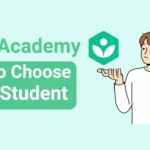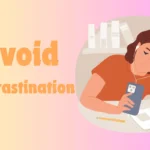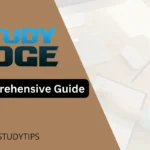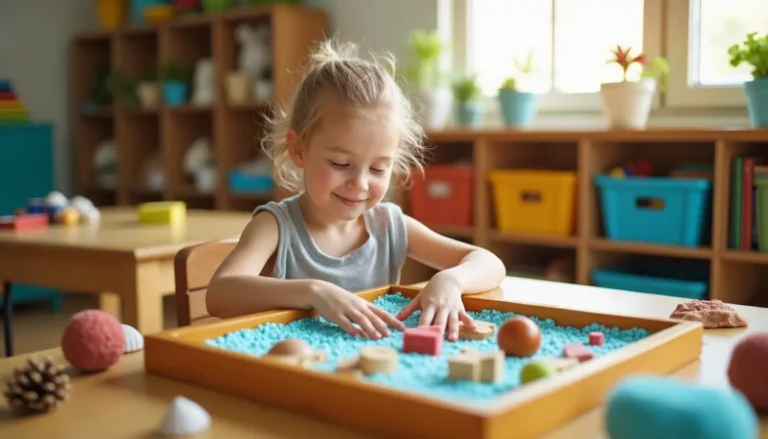People now see personalized learning as a key part. It’s part of the always-changing education landscape. Presenting Progress Learning. It’s a dynamic approach to education. It changes to meet each student’s needs, pace, and preferences. In this article, we will explore:
Table of Contents
ToggleWhat is Progress Learning?
Progress Learning is an educational approach that promotes individualized instruction. It adapts the learning process to each student’s needs. This is different from traditional methods. Now let’s look at some of its key features:
Features:
- Personalization: Progress Learning adapts content to match the specific requirements of each student. Personalization is key. It’s important for changing pace, learning style, or difficulty.
- Standards Alignment: The platform makes sure that all educational materials meet state requirements. This implies that teachers can use Progress Learning. They can use it to support their teaching objectives with confidence.
- Adaptive Intervention: For subjects like math and reading, Progress Learning offers Liftoff. It is an adaptive tool.
- Continuous Adaptation and Flexibility: The platform offers learning flexibility. It adjusts to students’ progress.
- Interactivity: The foundation of Progress Learning is interactive learning, which encourages involvement and active engagement.
- Gamification: Adding rewards and challenges to learning makes it more engaging and motivating.
- Collaborative Learning: Encourages teamwork, discussion, and knowledge sharing among students
- Lifelong Learning: Prepares learners for challenges beyond the classroom, promoting continuous growth.
It also offers extra resources and tools for teachers. They make teaching faster and better. For students, it promises better learning. This will come from easy navigation, engaging content, and helpful feedback.
Advantages of Progress Learning
Why should your school embrace Progress Learning? Here are some compelling reasons:
1. Support for All Grade Levels:
Did you know that it covers all K-12 grade levels? It’s for grades K-5, 6-8, or 9-12. The content is designed for each age group.
2. Proven Results:
Research studies have highlighted the positive impact of Progress Learning:
- In fourth-grade math, Progress Learning schools saw big FSA score growth. Schools that did not have users were compared to it.
- An evaluation in the Douglas County School System, Georgia showed that Progress Learning boosted student math scores. It also boosted their ELA scores. The scores were from 2022-2023
3. Teacher Support:
It provides training, curriculum resources, and orientation materials to empower teachers in maximizing student achievements.
Strategies For Effective Progress Learning
Let’s see some strategies for effective Progress Learning. This new education style is dynamic. It focuses on personalized and adaptive approaches. It caters to individual needs, learning styles, and pace. Here are some key strategies:
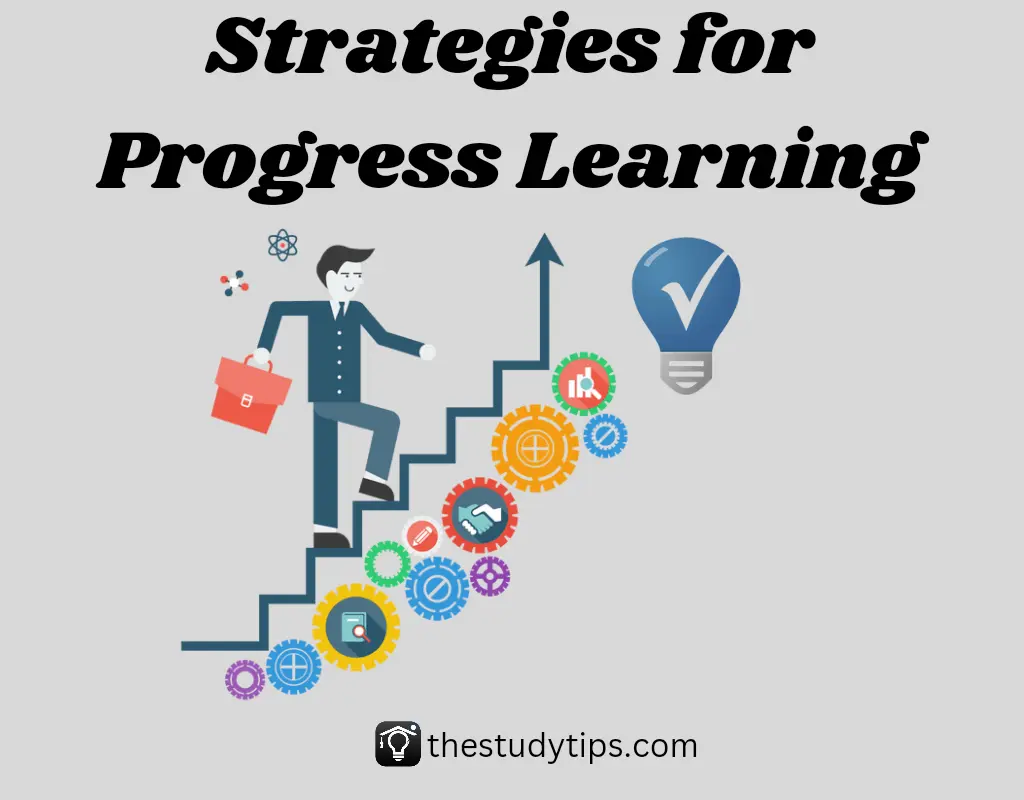
1. Comprehensive Assessment of Students’ Needs:
- Conduct thorough evaluations to understand diverse student needs and learning styles.
- Tailor educational content to fit exact strengths and weaknesses. This will foster a deeper understanding of subjects.
2. Interactive Content Development:
- Create engaging and interactive learning materials.
- Use multimedia, simulations, and real-world examples to enhance comprehension.
3. Adaptive Learning Platforms:
- Leverage technology to identify individual learners’ strengths and weaknesses.
- Customize content dynamically to maximize understanding.
4. Gamification Strategies:
- Add game-like elements. These include rewards, challenges, and competition. They boost engagement and motivation.
- Gamified learning experiences can make the process enjoyable and memorable.
5. Blended Learning Models:
- Combine traditional classroom instruction with online resources.
- Blend synchronous and asynchronous learning. This creates a flexible and effective learning setup.
Implement These Strategies
Implementing these strategies in your learning can significantly increase your progress. Here’s how you can apply them:
1. Comprehensive Assessment of Your Needs:
- Reflect on your learning preferences, strengths, and areas for improvement.
- Identify your learning style: visual, auditory, or kinesthetic. Then, adapt your study methods accordingly.
- Regularly assess your understanding of topics and adjust your approach as needed.
2. Interactive Content Development:
- Create or seek out engaging learning materials.
- Watch educational videos or tutorials related to your subject.
- Explore platforms that offer interactive simulations or exercises.
- Listen to podcasts relevant to your field of study.
3. Adaptive Learning Platforms:
- Use online platforms that personalize content based on your performance.
- These platforms adjust difficulty levels, provide targeted practice, and offer instant feedback.
4. Gamification Strategies:
- Turn your learning process into a game.
- Reward yourself and set goals when you achieve them.
- Create challenges or quizzes to test your knowledge.
- Compete with friends or classmates in friendly learning competitions.
5. Blended Learning Models:
- Combine different learning methods.
- Attend traditional classes or workshops.
- Use online resources, such as e-books, forums, and webinars.
- Take part in virtual study groups.
Progress Learning Login?
To access Progress Learning, follow these steps:
1. Manual Login:
- Visit the Progress Learning login page: Progress Learning Login.
- Use your username and password to log in.
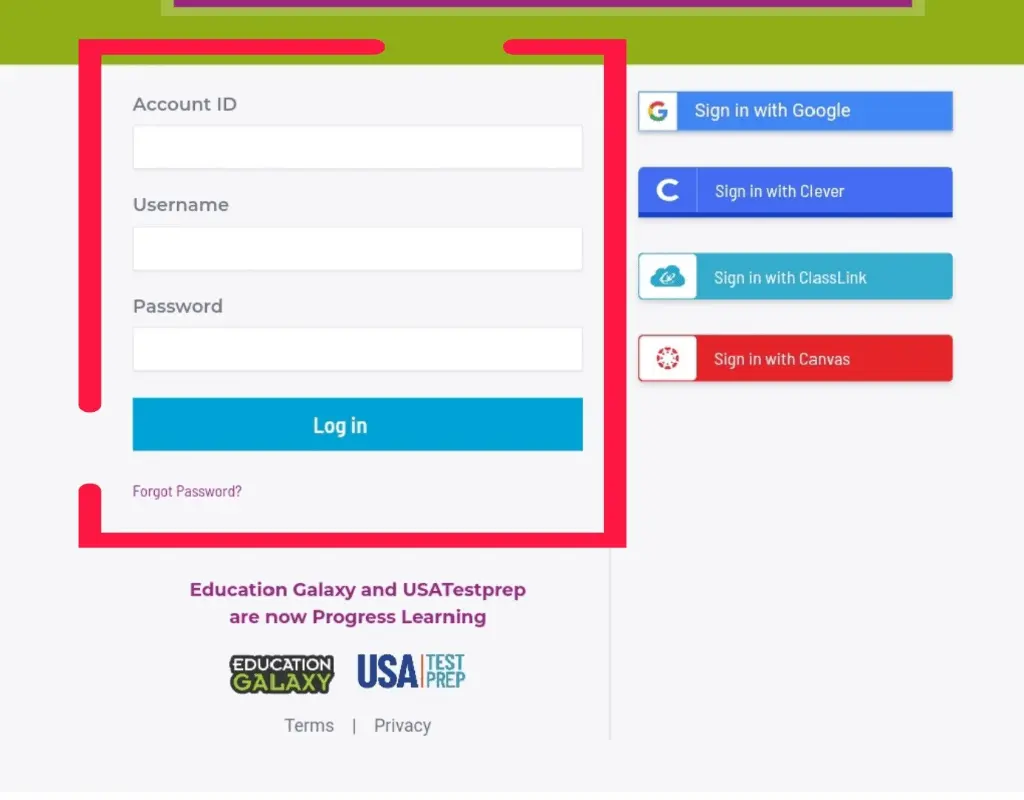
2. Clever/ClassLink Login (if available):
- Some schools use Clever or ClassLink for single sign-on access.
- If your school uses this method, log in through Clever or ClassLink.
Remember to use your credentials. Then, you’ll be on your way to exploring the great resources from Progress Learning!
Subject and Resources
It offers many subjects and resources. They support both students and educators. Let’s explore what’s available:
1. All Core Subjects:
- Covers the core four subject areas: English Language Arts (ELA)
- Resources for reading, writing, grammar, and language skills.
- Mathematics: Comprehensive content aligned with state and national standards.
- Science: Engaging materials covering various scientific concepts.
- Social Studies: Explore history, geography, civics, and more.
2. Test Preparation:
For students preparing for standardized tests, Progress Learning provides resources for:
- AP (Advanced Placement): Prepare for AP exams in various subjects.
- ACT: Get ready for college admissions with ACT practice.
- SAT: Sharpen your skills for the SAT.
3. Instructional Resources:
Access a wealth of instructional materials, including:
- Downloadable Guides: Tips, suggestions, and seasonal classroom activities to supplement your instruction.
- Best Practices: Learn how to effectively put in place Progress Learning in your teaching.
4. Proven Results:
Progress Learning has been rigorously evaluated and proven effective:
- The Center for Research and Reform in Education is at Johns Hopkins University. It conducted a study. It found that Progress Learning greatly boosted math and ELA scores. This happened in the 2022-2023 school year. It was in the Douglas County School System, Georgia.
- Schools using Progress Learning saw big growth in FSA scores. Researchers compared this growth to schools that do not use the product.
5. Webinars and Videos
- Watch informative videos on many topics. These include platform overviews, student experiences, and teaching strategies.
- Remember, Progress Learning supports all K-12 grade levels. It is an important resource for both educators and students!
Progress Learning Cost
It Offers customizable pricing for grades K-12. This ensures that students’ achievements are never limited by funds or budget. You may have a small school with 0-499 students. Or, you may have a medium-sized school with 500-999 students or a large school with 1,000+ students. But, the pricing stays the same. Let’s take a look at the starting points based on the number of subjects purchased:
- Small School (0-499 students/campus):
Single Subject: Starting at $750/year1. - Medium School (500-999 students/campus):
Single Subject: Starting at $1,250/year1. - Large School (1,000+ students/campus):
Single Subject: Starting at $2,400/year1.
For more details and account options for teachers, your school, or your district, visit the official Pricing page. Or, call 877-377-953723. Investing in education resources is crucial. Progress Learning aims to empower every student and educator.
Progress Learning Tutorials
If you’re new to Progress Learning, there are many resources to help you. They will help you navigate the platform and use its features.
- YouTube Tutorial: You can watch the ”Getting Started with Progress Learning Tutorial” video on YouTube. This 28-minute tutorial will teach you to make assignments and tests. It will also show you how to give extra help to your students. It’s a great way to kick off your journey with Progress Learning!
- Live Webinars: If you prefer live sessions, consider joining one of the getting started webinars or special topic webinars. These sessions will help you become proficient in using Progress Learning.
- On-Demand Webinars: Explore recorded on-demand webinars that cover various aspects of Progress Learning. These webinars provide step-by-step tutorials on different features and functionalities.
- Help Center: The Progress Learning Help Center offers quick guides and detailed instructions on various topics. It covers setting up your account. It covers managing student data. It covers creating engaging content. The Help Center has you covered.
How to Get Tokens In Progress Learning
In Progress Learning, students can earn tokens by completing various tasks. Here’s how they can accumulate tokens:
1.Completing Assignments:
Students earn tokens when they finish them. This includes assessments, practice tests, practice questions, and video assignments.
2. Focus Areas:
Engaging with focus areas is one way to earn tokens. They include activities like watching videos and answering related questions.
3. Graded Work:
Tokens are awarded based on the score earned in graded work. This includes suggested practice videos and questions.
4. Study Plan:
Doing work in the study plan is independent. It might be watching videos or answering questions. It results in token rewards. The number of tokens received depends on the score achieved:
- 0 tokens for scores below 70%
- 1 token for scores between 70% and 79%
- 2 tokens for scores between 80% and 99%
- 3 tokens for a perfect score of 100%
Students in grades 6-12 can use these tokens to play games in the Student Game Arcade. So, keep learning and collecting those tokens.

